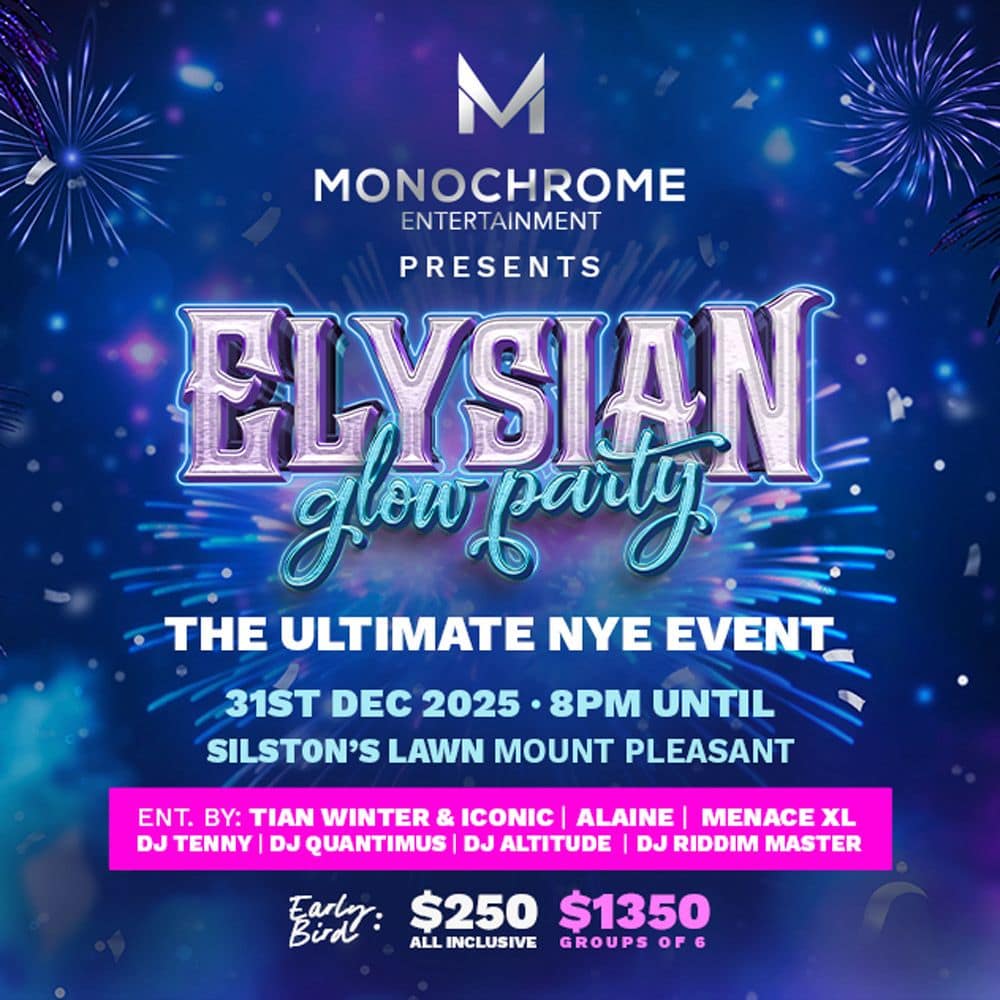
The holidays are around the corner, and consumer research already predicts a profitable 2024 season for retailers. Reports show that this will be powered by Gen Z and millennial-driven shopping trends bolstered by an improving economy and rising wages. The National Retail Federation expects the spending to hit over $980 billion, a 3.5% increase compared to last year.
The US economy strength has risen to 41% in Q3 2024, an 8% increase from Q2. As a result, consumer confidence has been on a steady rise, with the five days between Thanksgiving and Cyber Monday expected to bring in over $40 billion in online spending. Here are the current happenings shaping up these holiday sales predictions.
Election distraction and volatile weather
The upcoming US elections, scheduled for 5th November, have everyone glued to the news, which may not be good news for retailers and consumer brands. The few weeks before and after election day are all attention-consuming.
We’ve already seen reports on wagers placed on top online casinos on who will win the election, hitting record numbers. So far, over $1.2 billion has been spent on US election wagers, showing how deeply people are invested in it. Besides, the news cycle means potential shoppers will be glued to the news rather than browse and buy.
According to Mark Barrocas, SharkNinja CEO, the election is a big unknown that will shape the holiday season. That said, Walmart’s internal research on customer insights claims that people are more positive as they prepare for Halloween. The election results will determine if the mood stays positive or not. Companies such as Amazon have already projected a dampened demand for online shopping.
Consumer behavior pre-election in previous election years has always been positive — although there are slight sales dips a few days before election day. Post-election, consumers tend to be slightly hesitant to go on holiday shopping as they process the results. For instance, in 2016, online shopping decreased 14% after the election day before going strong a few weeks later. In 2008, the financial crisis hugely affected spending, with retail sales dipping up to the election and after. In 2020, retail sales increased significantly after the election.
The cooler and wintery weather during the festive period brings a spending spirit as shoppers get into the mood to buy coats and thick sweaters. Weather-related shopping is a huge factor in Christmas. According to Planalytics, a Phili-based company on weather-related inventory planning, the weather is a major factor influencing consumer purchasing habits.
Weather forecasts show that November and December will be much colder than last year, which should help signal shoppers to get into the holiday shopping spirit. That said, most families will likely redirect the money for holiday gifts to rebuild their homes after the hurricane damages. Economists believe it’s still early to understand the full impact of this budget readjustment. We are already seeing big box stores in hard-hit areas pull holiday products out for items such as shingles and drywall.
Federal Reserve interest rate cuts
Interest rate cuts play a huge role in consumer shopping patterns. When rates go down, consumers can borrow cheaply. Recent reports from a Reuters poll claim that the US Federal Reserve will cut interest rates by 25 basis points on Nov 7. The Fed stimulates economic growth by lowering interest rates. Once the economic growth is too high, the Fed raises the interest rates, which in turn slows down inflation.
With the scheduled rate cuts, consumers can feel more confident going shopping on new credit. The increased spending creates a positive chain reaction where manufacturers increase production as orders increase. Retailers also stock up to meet customer appetites.
If the Reuters poll done on 111 economists is correct, the Fed will take the rates to a 4.25% – 4.50% range, a quarter percentage point reduction. According to Tomas Simons, a senior economist at Jefferies, there will be a 50 basis point cut by mid-2025 and another 25 basis point cut in the fourth quarter of 2025. Most economists, 74 of 96, expect the rates to be within a 3.00% – 3.25% range.
Besides, median forecasts in the poll claim the US economy will expand faster as the inflationary growth rate hits 2%. Besides the Fed interest rate cuts, Trump’s and Kamala Harris’s proposed economic policies will also play a huge part in inflationary growth rates. However, 39 of 42 economists in the Reuters poll claim that Trump’s policies are more inflationary since he plans to add tax cuts and higher import tariffs.
The bottom line is that the current political climate is a major influence on consumer sentiment and spending. From economic messaging from politicians and power transitions after the election to distractions from constant political news, the upcoming holiday shopping is set to be more unpredictable than in previous years.
Advertise with the mоѕt vіѕіtеd nеwѕ ѕіtе іn Antigua!
We offer fully customizable and flexible digital marketing packages.
Contact us at [email protected]

















